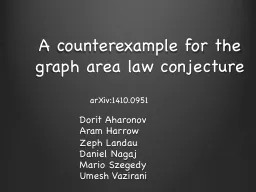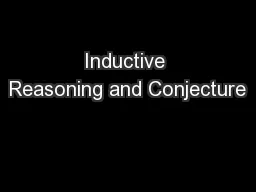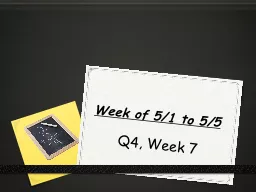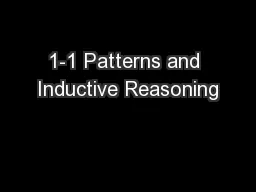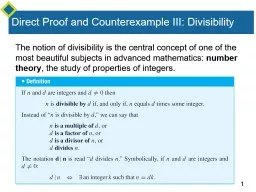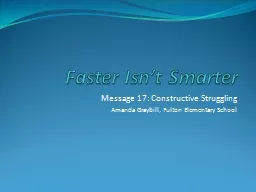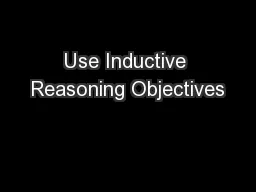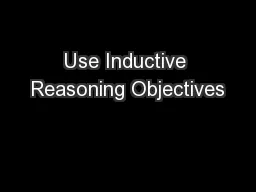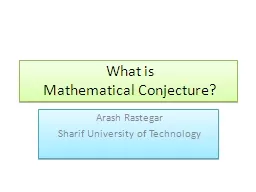PPT-A counterexample for the graph area law conjecture
Author : debby-jeon | Published Date : 2018-02-06
Dorit Aharonov Aram Harrow Zeph Landau Daniel Nagaj Mario Szegedy Umesh Vazirani arXiv14100951 Background local Hamiltonians H ij 1 Assume degree const
Presentation Embed Code
Download Presentation
Download Presentation The PPT/PDF document "A counterexample for the graph area law ..." is the property of its rightful owner. Permission is granted to download and print the materials on this website for personal, non-commercial use only, and to display it on your personal computer provided you do not modify the materials and that you retain all copyright notices contained in the materials. By downloading content from our website, you accept the terms of this agreement.
A counterexample for the graph area law conjecture: Transcript
Download Rules Of Document
"A counterexample for the graph area law conjecture"The content belongs to its owner. You may download and print it for personal use, without modification, and keep all copyright notices. By downloading, you agree to these terms.
Related Documents

